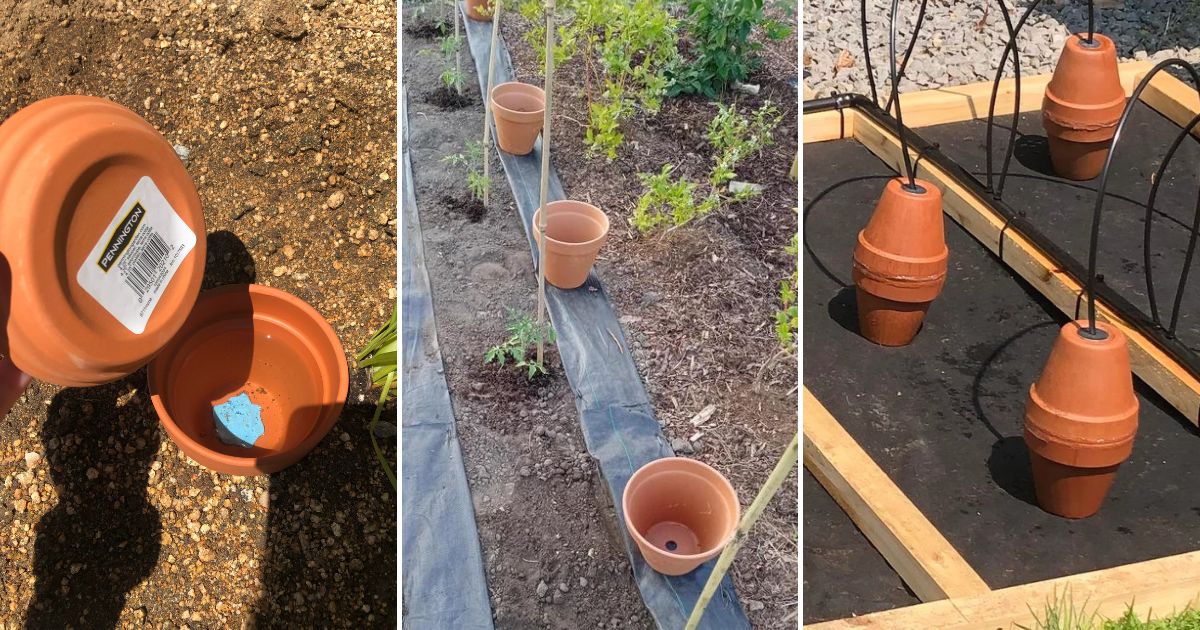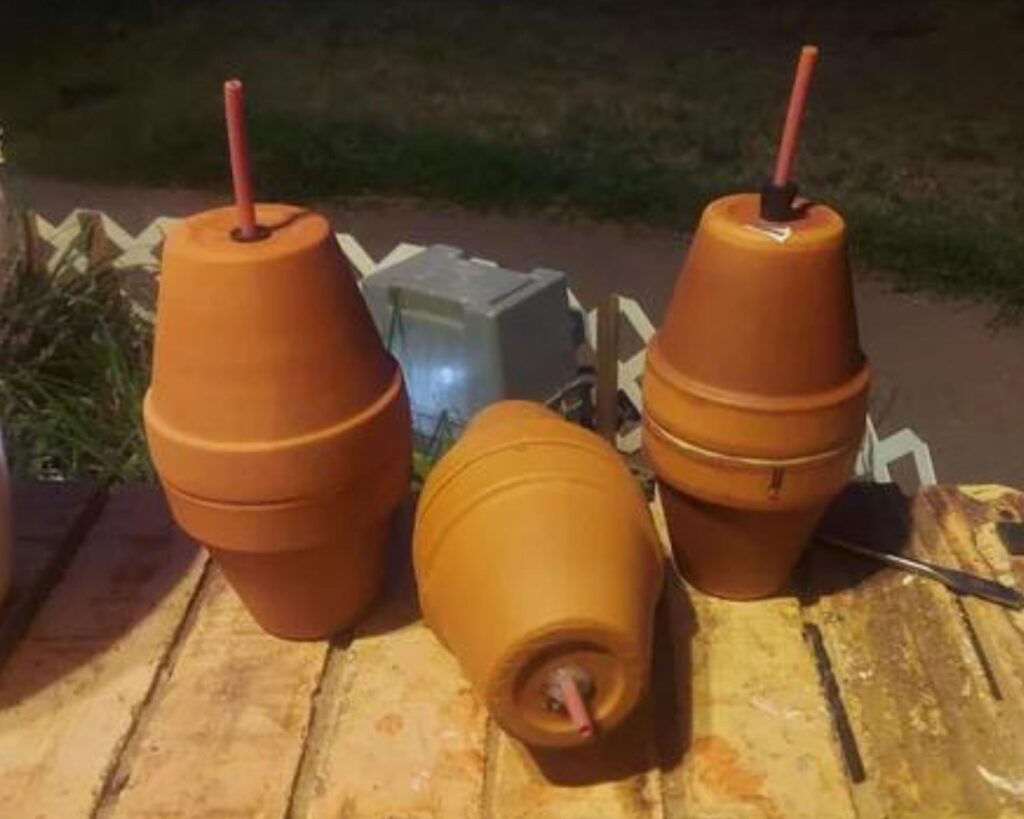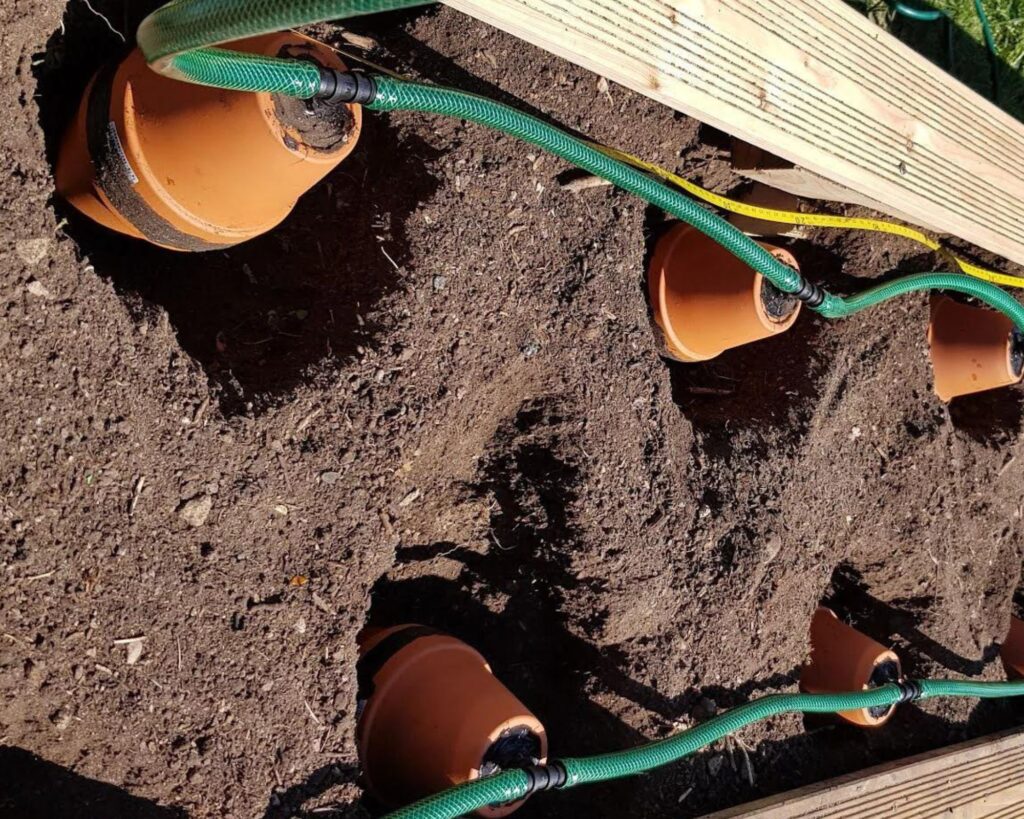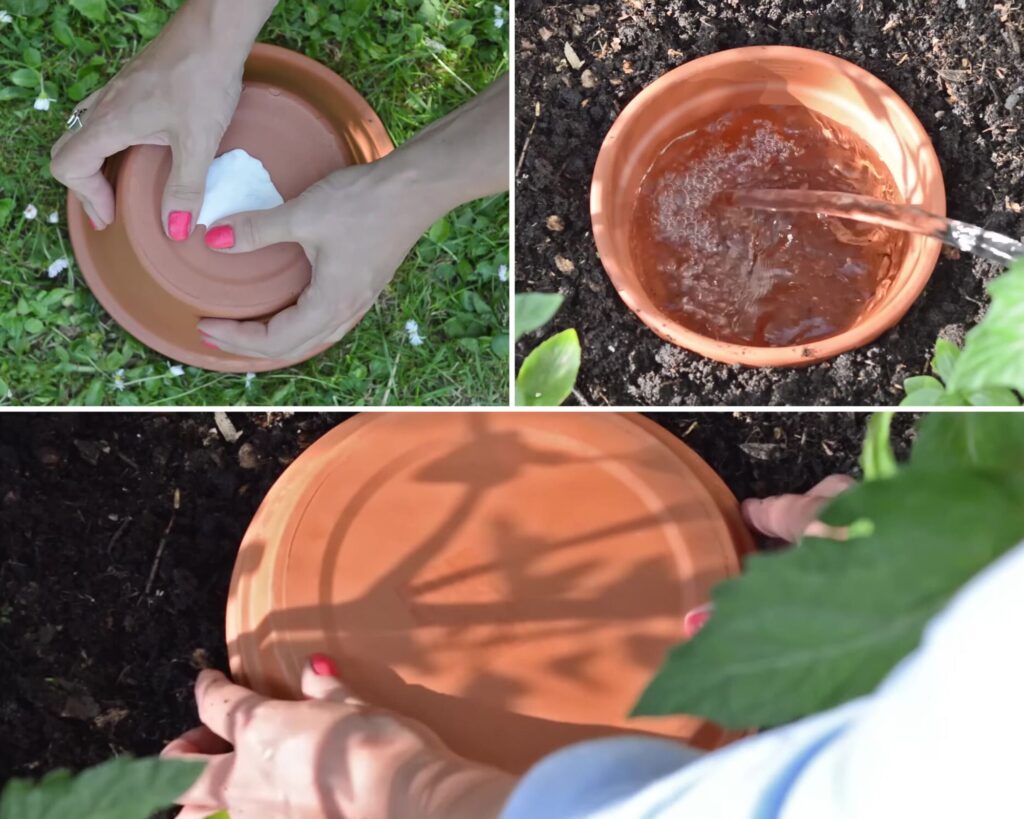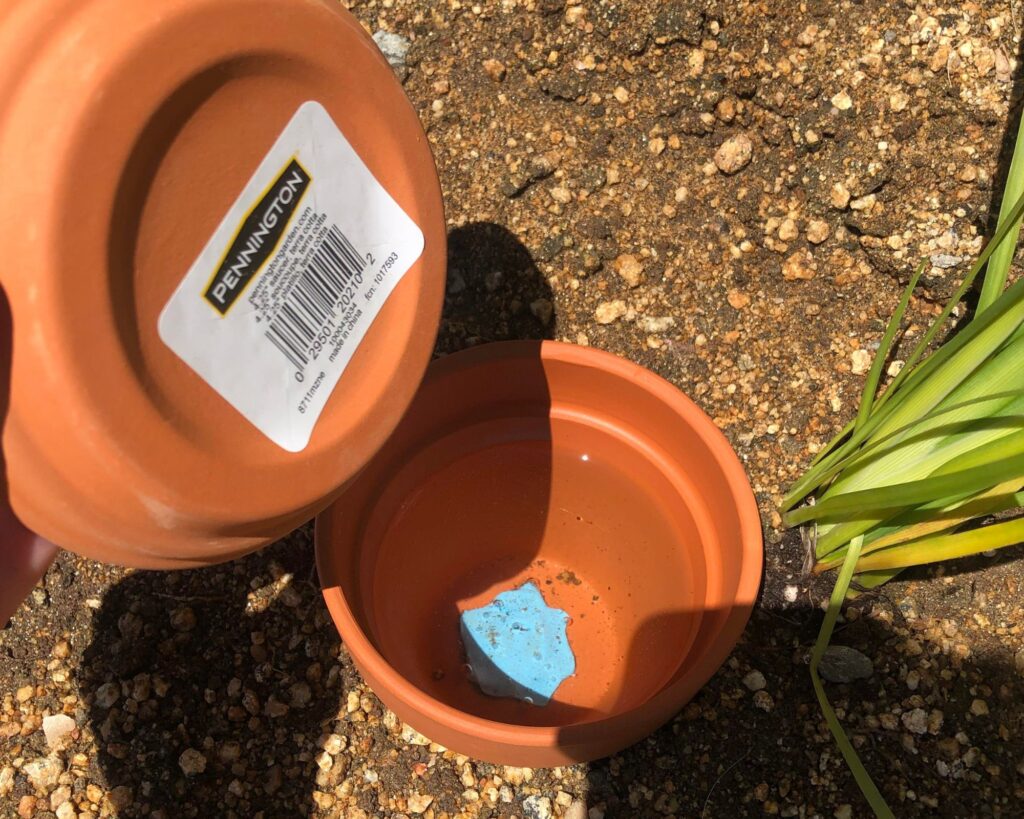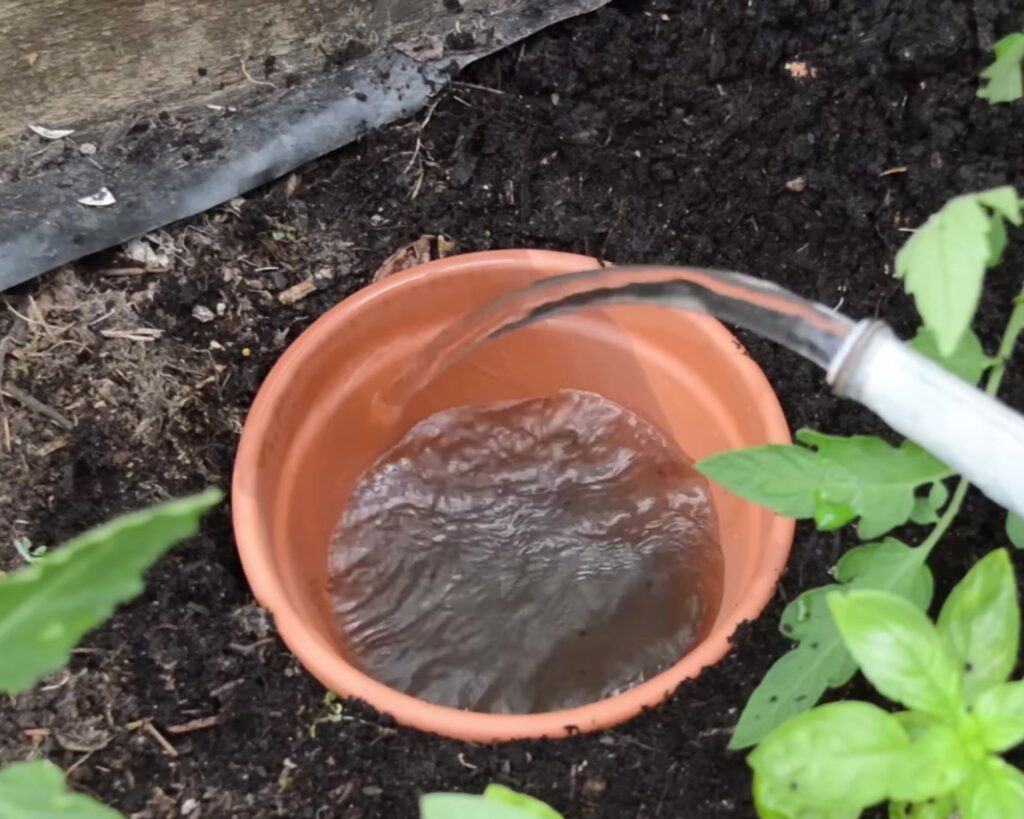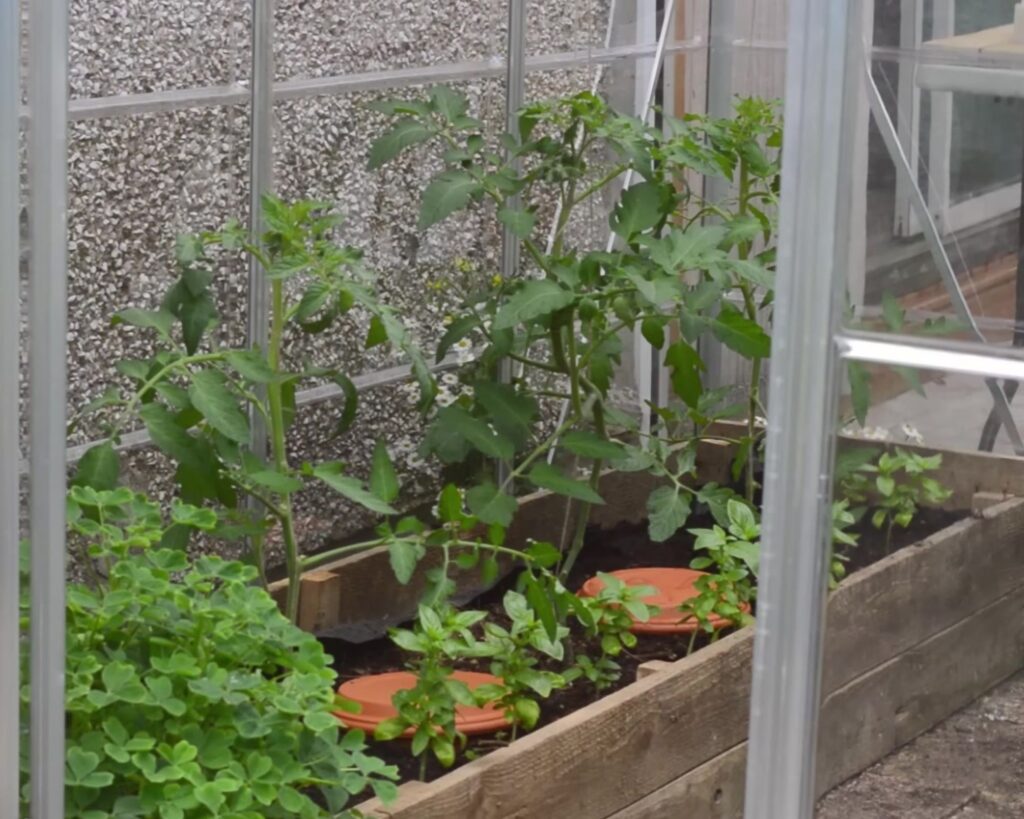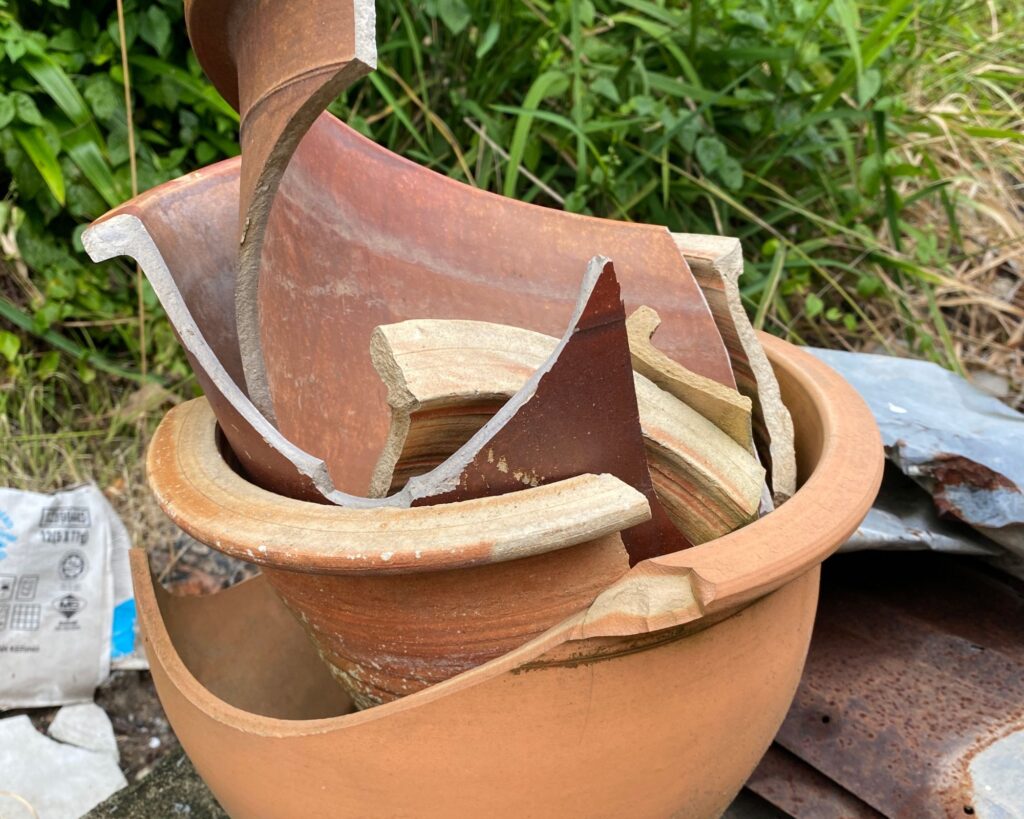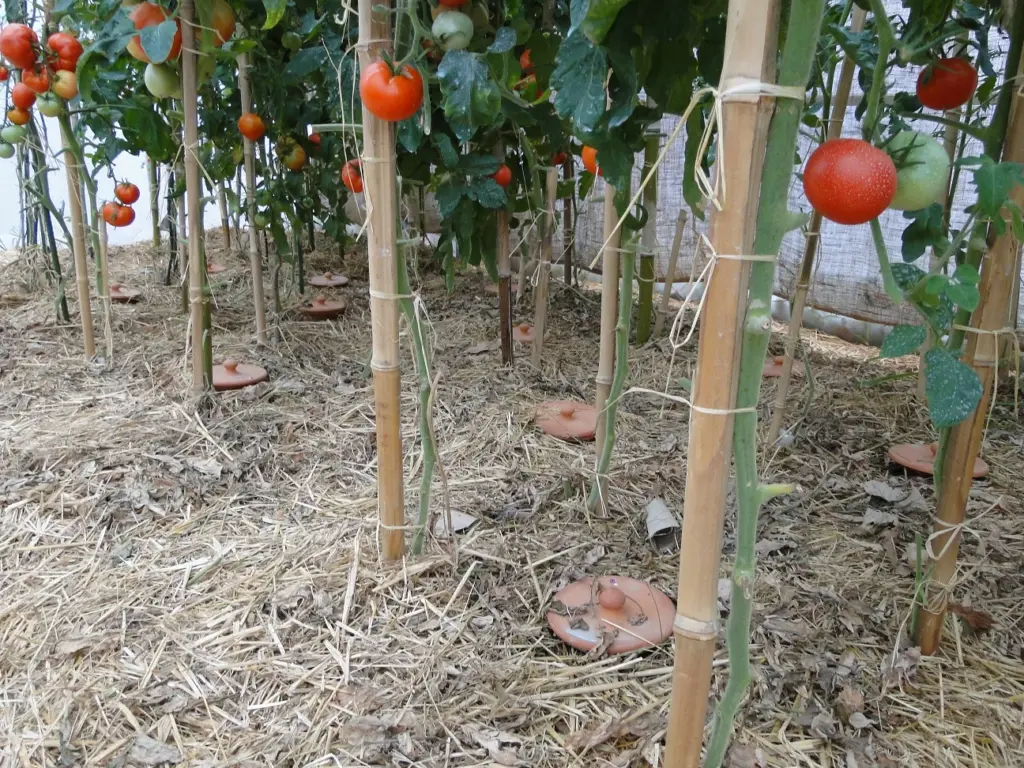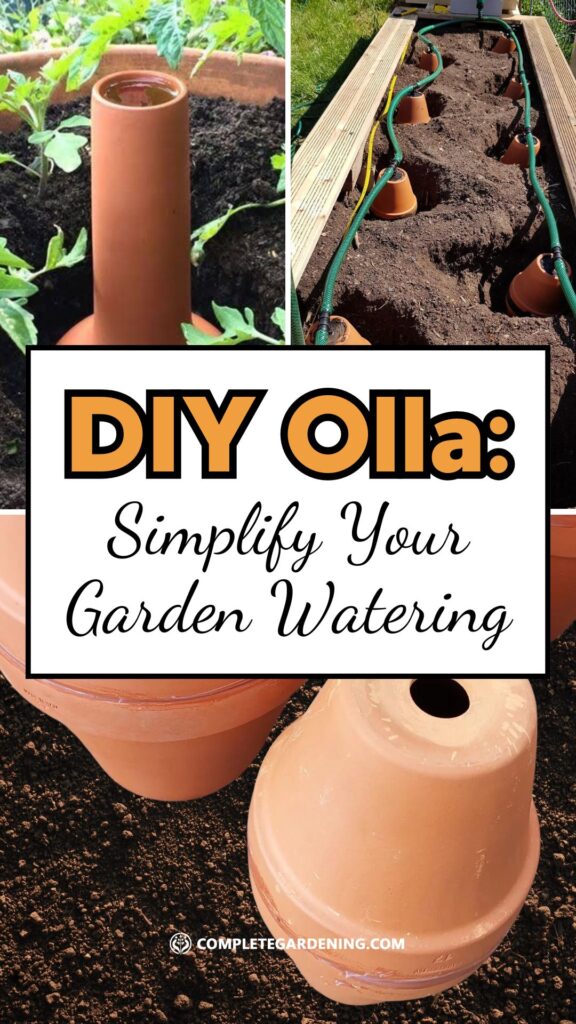Gardening can be incredibly fulfilling and relaxing, but let’s face it – keeping your plants perfectly hydrated without wasting water can be downright frustrating. What if I told you there’s a centuries-old technique that can solve this problem effortlessly?
Introducing the olla, an ancient clay pot irrigation system that not only conserves water but also ensures your plants receive consistent moisture right at their roots. This simple DIY project is a game-changer for any gardener.
Imagine strolling through your garden, marveling at the lush, well-hydrated plants, all without the daily hassle of watering. The olla system makes this possible, offering an ideal solution for maintaining a beautiful garden with minimal effort.
The History of Ollas
Ollas are ancient irrigation devices that have been utilized for thousands of years. These unglazed clay pots offer a sustainable way to keep your garden hydrated by slowly releasing water into the soil.
Ollas date back to ancient civilizations, including those in China, North Africa, and the Americas. Farmers used these clay pots to maximize their water use in arid regions.
Each civilization has its variations of the olla. Early American settlers also adopted this technique, recognizing its efficiency. The method’s simplicity and effectiveness have kept it relevant through the ages.
Advantages of Olla Irrigation
Olla irrigation offers numerous benefits. First, it conserves water by releasing it directly into the soil, minimizing evaporation. This method ensures a more consistent moisture level around the plant roots.
Second, it reduces the frequency of watering. Once the olla is filled, it can last for several days or even weeks, depending on the plant’s water needs and the climate.
Third, olla irrigation improves root development. Since the water is released slowly, the roots grow deeper to access it. This leads to healthier, more resilient plants.
Creating Your Own Olla
To start, you will need:
- Unglazed Terracotta Pot:You can use one or two pots depending on the size you need.
- Unglazed Terracotta Saucer: This will serve as the lid.
- Clay Plug or Cork: If using a pot with a hole.
Placement in the Garden
Positioning your olla correctly in the garden and keeping it properly filled and sealed is key to making the most out of your irrigation system.
Regular maintenance will ensure its optimal performance, saving you time and water.
Choose a spot in your garden where plants require consistent moisture. Bury the olla so that only the neck remains visible above the soil.
For maximum efficiency, place it near the root systems of your plants.
The exact placement depends on your garden’s layout. For larger plots, multiple ollas may be needed. Space them evenly to cover all the areas that require watering.
Careful placement ensures that water reaches the plants effectively, preventing dry patches. This way, your garden stays lush and healthy with minimal effort.
Filling and Sealing the Olla
Fill the olla with water using a garden hose or watering can. Ensure you fill it completely to maximize the irrigation benefit.
After filling, seal the top with a lid, rock, or any other cover to minimize evaporation and keep debris out.
Sealing also helps keep mosquitoes from breeding in the water. Make sure the seal is snug but not airtight, as you want the water to seep slowly into the surrounding soil.
Check the water level regularly and top up as needed, especially during hot weather when evaporation rates are higher. This ensures continuous hydration for your plants.
Maintenance Tips
Regular maintenance is essential for keeping your olla system working efficiently. Inspect for any cracks or leaks in the olla since these can reduce its effectiveness. Clean the olla periodically to remove algae or sediment build-up.
Monitor the soil around the olla to ensure it’s adequately moist but not overly saturated. Adjust the number of ollas or their placement if necessary.
Taking the time to perform these simple tasks will lead to a more productive garden with less water waste. Your plants will thrive with the steady moisture provided.
Troubleshooting Common Issues
- If your olla is cracking or leaking, it could be due to poor-quality clay or improper firing. Check for visible cracks and repair small ones with a waterproof sealant. If the damage is extensive, replacement may be necessary.
- If an olla doesn’t hold water well, it may have porosity issues. Use high-quality, well-fired clay, and try soaking it in water before use. Fast water dispersal suggests overly porous clay, while slow dispersal may mean the clay is too dense.
- Adjust the clay mixture or firing temperature if making your own olla.
- Algae buildup can also hinder performance—clean it regularly with a brush and mild bleach solution, and keep the area well-ventilated to reduce algae growth.
- Lastly, roots from nearby plants can clog the olla, so check for root ingress periodically and trim any roots that obstruct water flow.
Optimal Olla Placement and Soil Conditions
Proper placement and soil conditions are key to an olla’s effectiveness. If buried too deeply, it won’t distribute water well, while a too-shallow placement can lead to rapid evaporation. Bury the olla so that the neck is just above ground level.
Compact soil can also limit water distribution. Loosen the soil around the olla, and consider adding organic matter or compost to improve soil structure and encourage even water movement.
If you’re refilling the olla frequently, it might be too small for the area. Consider using multiple ollas or larger ones for optimal water coverage in larger garden spaces.
Creating and utilizing an olla for garden irrigation offers an effective, sustainable, and low-maintenance solution for keeping your garden well-hydrated.
This ancient method, rooted in historical practices, conserves water and promotes healthier plant growth by delivering consistent moisture directly to the roots.
With simple materials and steps, any gardener can craft an olla, leading to reduced watering chores and more resilient plants.
By integrating ollas into your garden, you not only enhance plant health but also contribute to water conservation efforts, making your gardening experience more rewarding and eco-friendly.
